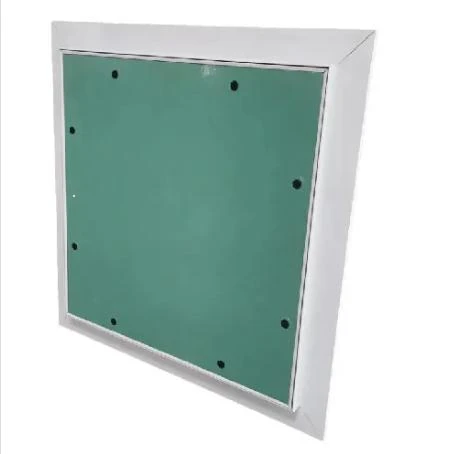Dec . 13, 2024 23:12 Back to list
Acoustic Ceiling Tile Framework for Enhanced Sound Absorption and Aesthetics
The Role of Acoustic Ceiling Tile Grids in Modern Interior Design
In the realm of interior design, creating a harmonious living or working environment is paramount. One aspect that often gets overlooked is the ceiling, which plays a crucial role in the acoustics of a space. Acoustic ceiling tile grids are rapidly gaining popularity as a solution to improve sound quality in various settings, from corporate offices to residential homes. This article delves into the significance of acoustic ceiling tile grids, their benefits, and design considerations.
Understanding Acoustic Ceiling Tile Grids
Acoustic ceiling tile grids refer to systems that support tiles specifically designed to absorb sound and minimize noise levels in a room. These grids consist of a framework, typically made of metal or vinyl, that holds the acoustic tiles in place. The tiles themselves are porous materials engineered to dampen sound waves, making them an effective choice for spaces where noise control is essential.
The primary function of these systems is to reduce reverberation and echo, which can significantly impact the overall acoustics of a room. By controlling sound, acoustic ceiling tile grids promote a more comfortable environment for communication, concentration, and relaxation.
Benefits of Acoustic Ceiling Tile Grids
1. Noise Reduction One of the primary advantages of acoustic ceiling tiles is their ability to absorb sound. In bustling environments like offices or restaurants, noise can become a distraction, hindering productivity and communication. Installing acoustic ceiling tiles can create a quieter atmosphere.
2. Improved Aesthetics Beyond their acoustic properties, these tile grids come in various designs, colors, and textures, allowing for versatile aesthetic applications. They can blend seamlessly with a room's decor or serve as a focal point, enhancing the overall interior design.
3. Energy Efficiency Many acoustic ceiling tiles also possess thermal insulation properties. They can help regulate the temperature within a space, thus reducing energy costs for heating and cooling. This dual function contributes to a more sustainable approach to interior design.
4. Ease of Installation and Maintenance Acoustic ceiling tile grids are designed for easy installation, allowing for quick renovations or upgrades to existing spaces. Additionally, the tiles can be easily replaced or cleaned, ensuring long-term maintenance is straightforward.
acoustic ceiling tile grid

5. Versatility These systems are suitable for a variety of applications, from conference rooms and classrooms to healthcare facilities and homes. Their adaptability makes them a popular choice for designers tackling different projects.
Design Considerations
When incorporating acoustic ceiling tile grids into a design, several factors should be taken into account
1. Room Function The intended use of the space will dictate the type of acoustic tile needed. High-traffic areas with a lot of chatter may require tiles with higher absorption coefficients compared to quieter environments.
2. Aesthetic Integration Selecting tiles that complement the existing design elements is crucial. Designers should consider the color palette, texture, and overall theme of the room.
3. Installation Height The height at which the acoustic ceiling grid is installed can influence its effectiveness. Lower ceilings may require different tile designs compared to spaces with higher ceilings to optimize sound absorption.
4. Local Regulations Ensure that the materials used comply with local building codes and regulations, particularly in commercial environments where safety and accessibility standards are enforced.
Conclusion
Acoustic ceiling tile grids represent a vital element in modern interior design, offering a balance of functionality and aesthetics. Their ability to enhance sound quality while providing design flexibility makes them an invaluable asset in creating comfortable and visually appealing spaces. As awareness of the importance of acoustics continues to grow, these systems will undoubtedly play a more prominent role in shaping environments conducive to productivity, creativity, and well-being. In an age where noise pollution is a concern, investing in acoustic solutions such as ceiling tile grids becomes an essential consideration for any design project.
-
Durable Ceiling T Grid Systems | Easy InstallationNewsAug.29,2025
-
PVC Gypsum Ceiling: Durable, Laminated Tiles for Modern SpacesNewsAug.28,2025
-
Pvc Gypsum Ceiling Is DurableNewsAug.21,2025
-
Mineral Fiber Board Is DurableNewsAug.21,2025
-
Ceiling Tile Clip Reusable DesignNewsAug.21,2025
-
Ceiling T Grid Modular DesignNewsAug.21,2025







